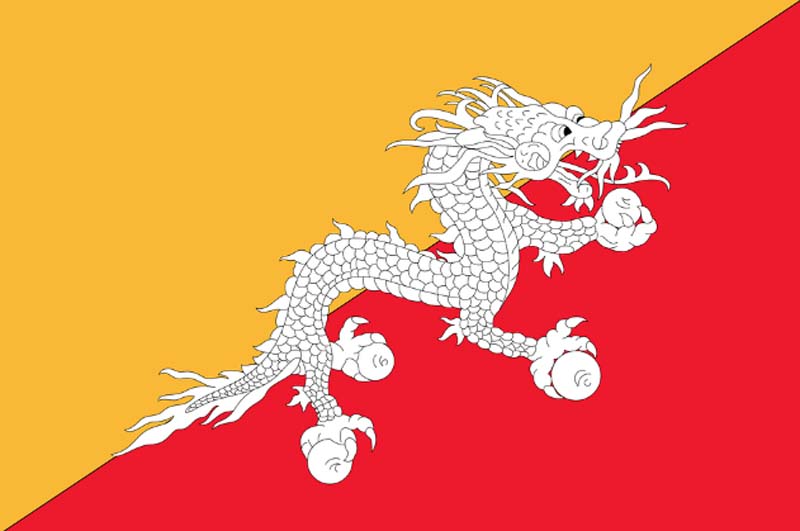 Bhutan TB
Bhutan TB
Multidrug-resistant (MDR) tuberculosis (TB) has emerged as a major health concern for Bhutan, with cases steadily increasing in the country in the last five years.
MDR-TB has annually increased by about 15 cases on average. There were 65 cases last year, according to officials.
Records with the health ministry show that the country had 919 cases of TB (all forms), including MDR TB last year. MDR-TB is a form of tuberculosis infection caused by bacteria that are resistant to treatment with at least two of the most powerful first-line anti-TB medications drugs - isoniazid and rifampin.
The disease has killed 31 people so far in Bhutan, according to Kuensel newspaper.
According to Rixin Jamtsho, the Chief of Communicable Disease Division, TB is still a priority public health problem in the country and which mostly affect the productive age groups of 15-44 years (about 73 percent).
“It’s one of the oldest diseases but still remains one of the world’s deadliest and infectious killers,” he said.
Bhutan today has one of the highest incidences of MDR-TB cases in the South Asian region.
Globally, he said, TB claims nearly 4,000 lives every day; close to 28,000 people fall ill with this preventable and curable disease.
Jamtsho said in Bhutan, besides reducing the productivity of those infected, the disease also added significant burden on the economy, as people needed extensive treatments.
Like other communicable diseases, TB can spread from one person to another very easily when a sick person with TB expels bacteria into the air by coughing or sneezing.
He said that despite the progress made in rate of TB case detection and achieving high treatment success in 2019 cohort, the number of MDR-TB cases has been increasing in the country.
While the country recorded 919 cases of TB last year, a slight decrease from 2019 (1,016 cases), the World Health Organisation (WHO) 2020 Global TB Report, states that an estimated 1,300 all forms of TB cases are seen in Bhutan.
This means there is a detection gap where people with TB go undetected.
The current detection gap stands at around 30 percent for drug-sensitive TB (DSTB) and 66 percent for MDR-TB.
Jamtsho said that slow contact tracing and inadequate diagnostic facilities added to the detection gap in the country.
He said that besides the detection gap, MDR-TB cases among new TB patients and patients not taking medicines regularly were some of the other challenges in managing TB in Bhutan.
However, he added that despite the challenges posed by the COVID-19 pandemic, the health ministry, and the national TB control programme did not face any disruption in providing TB services and interventions to the general public.
Also, the flu clinics set up in the wake of the pandemic helped the programme detect 58 TB and seven MDR-TB cases last year, he told the newspaper.
He said that several interventions have been put in place to combat the disease in the country, which includes implementation of aggressive contact tracing among close contacts of TB and MDR-TB cases, TB screening and testing for targeted and risk groups, ensuring uninterrupted supply of TB medicines, among other measures.
The ministry has also set an ambitious target to make TB no longer a public health problem by 2030 in Bhutan.
On March 24, which is observed as the World TB Day, Bhutan came out with the theme that ‘the clock is ticking’ to indicate that the world was running out of time to act on the commitments to end the deadly disease.
TB is one of the top 10 causes of death among the communicable disease globally.
Support Our Journalism
We cannot do without you.. your contribution supports unbiased journalism
IBNS is not driven by any ism- not wokeism, not racism, not skewed secularism, not hyper right-wing or left liberal ideals, nor by any hardline religious beliefs or hyper nationalism. We want to serve you good old objective news, as they are. We do not judge or preach. We let people decide for themselves. We only try to present factual and well-sourced news.







